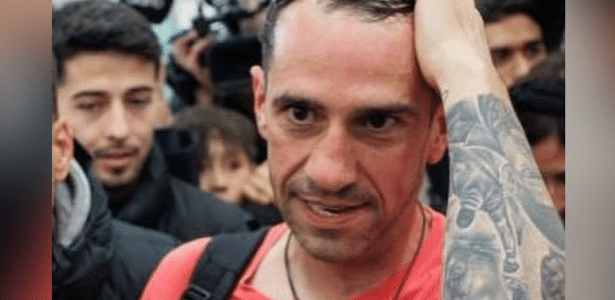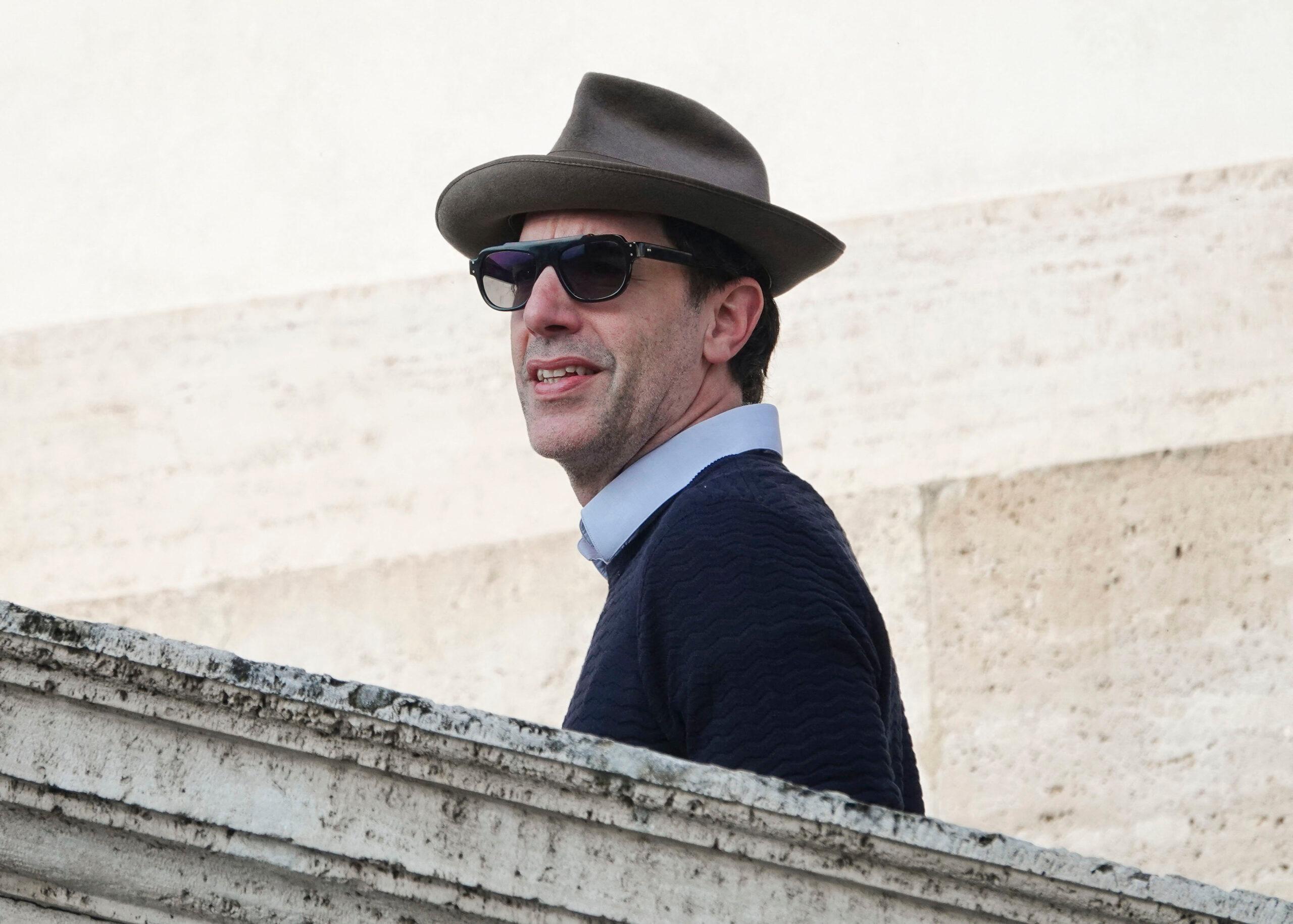WASHINGTON, United States (FOLHAPRESS) — Ron Dudley, 47, was shocked at the start of the pandemic. Overnight, everything was shut down, and no one else came to talk to him or buy the newspaper he was selling on the streets of Washington. “People didn’t want to get close. They were afraid of contaminating themselves,” he says.
He has been homeless in Washington for six years. He sleeps in a shelter and, during the day, sells Street Sense newspapers, part of a program to help the homeless, on 14th Street — one of the busiest in Central, but today with many empty facades.
“It was as busy as New York. After the pandemic, people left. Many restaurants were closed, and many apartments were empty,” says Dudley. “I don’t think it will ever go back to what it was.”
Like Washington, many U.S. cities are still struggling to deal with declining traffic in downtown areas. A portion of the offices remain vacant after accepting remote jobs, and those displaced from the metropolis face difficulties in returning due to high costs.
These two issues — lack of people on the streets and high housing prices — affect America’s homeless population. Homeless people often rely on support networks in their neighborhoods. Residents and workers who see them in the same place every day often help with money, food or small jobs. On the other hand, rising housing prices put more people at risk of living on the streets, and those in this situation struggle to get out.
“It’s very difficult to rent an apartment. They ask for proof of income, and the prices are very high,” says Dudley. “In the shelter, I have a bed, a bathroom, but my biggest dream is to one day get the keys to my own place. It’s hard.”
The profile of homeless Americans varies. Many move around cities carrying their belongings in wheeled suitcases or supermarket trolleys. In Washington, it’s common to see them in public places like libraries, cafes, and McDonald’s units.
Walking down the streets, “Do you have any change?” One often hears the request. (Do you have any change?).
There are currently no accurate statistics on the total number of homeless people in the United States. The number has been growing year over year since 2017, according to data from USICH, which conducts research on the topic for the US government. As of January 2020, there were 580,000.
Because of the pandemic, many cities have stopped counting, fearing it would increase the risk of infection. The most recent USICH report, with data from 2021, only took into account the total number of people in shelters: 326,000. However, the document points out that many places have reduced their ability to expand social distancing at the expense of reducing vacancies during the pandemic.
Lacking vacancies in shelters, cities such as Los Angeles and Washington saw the proliferation of tents lining the streets and squares. In the capital, there are many squares occupied by cottages. They stay in one place for weeks, until suddenly they are taken away. After weeks, they either return or new temporary residents appear.
Major American cities vary in how they handle tents. In Los Angeles, City Hall allows large areas near downtown to occupy. The administration has been putting off completing the homeless census for months. In 2020, before the pandemic, the city had 66,000 homeless people.
In New York, Mayor Eric Adams took drastic measures to reduce the homeless population in downtown areas.
“Adams is very focused on bringing people and companies back to the central districts. Research shows that company workers don’t feel safe, so he starts clearing people’s camps and getting them off the streets,” he pointed out. , executive director of a home-based research center at New York University.
On the other hand, Adams has invested in expanding shelter options, including a new model that seeks to compromise between temporary shelter and permanent housing, where homeless people can stay longer with municipal assistance in places maintained by churches and organizations. .
Both Murphy and Dudley argue that the main way to solve the problem is to expand the supply of available housing and make it more accessible. “In New York, the housing vacancy rate is less than 1%. People who can pay up to $1,500 a month have virtually no housing. What does someone who can’t afford more do?”, he asks. Researcher.
“You can take these abandoned spaces and make space for people who can’t afford to live in them,” Dudley points to the empty buildings. “But I want to get a key to a door that I own, to a place I rent. That’s my big dream.”

“Internet evangelist. Writer. Hardcore alcoholaholic. Tv lover. Extreme reader. Coffee junkie. Falls down a lot.”







More Stories
US begins building humanitarian aid ships in Gaza
Prince Harry lost the battle over police protection
UK bus operators partner with artificial intelligence firm